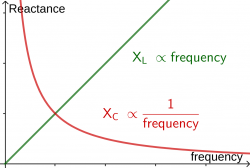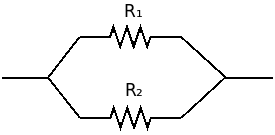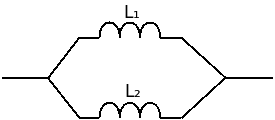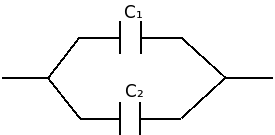Table of Contents
Under Construction: VA7FI is editing this section, please do not edit it until this notice is taken down.
Electronics
In this section we'll discuss the three basic electronic components:
Resistor
The easiest component to start with is the resistor.
Resistors have many usage:
❝In electronic circuits, resistors are used to reduce current flow, adjust signal levels, divide voltages, bias active elements, and terminate transmission lines, among other uses. High-power resistors that can dissipate many watts of electrical power as heat [...] or as test loads for generators. Fixed resistors have resistances that only change slightly with temperature, time or operating voltage. Variable resistors can be used to adjust circuit elements (such as a volume control or a lamp dimmer), or as sensing devices for heat, light, humidity, force, or chemical activity.❞ Wikipedia: Resistor
RLC Impedance
| Impedance (Ω) | Low Frequency | Medium Frequency | High Frequency |
|---|---|---|---|
| Resistance, R | Doesn't depend on frequency | ||
| Inductive Reactance \$X_L = 2\pi f L\$ | Low | Medium | High |
| Capacitive Reactance \$X_C = \frac{1}{2\pi f C}\$ | High | Medium | Low |















